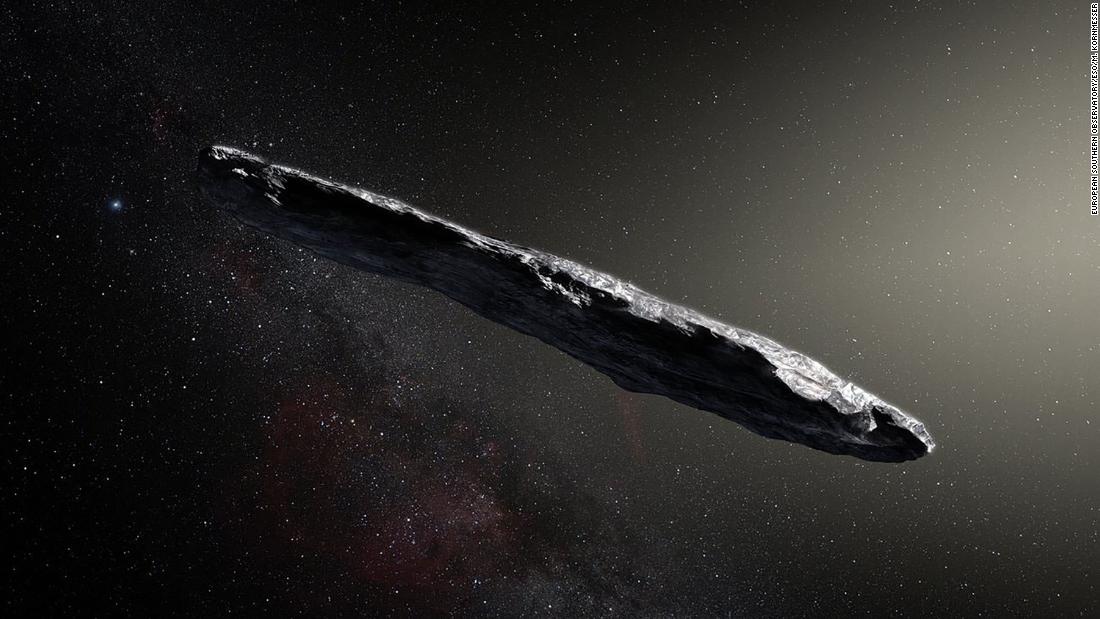
A new study by two Harvard researchers reveals the cosmos may have already deposited the first such far-flung visitor onto our doorstep five years ago in 2014, when a small meteor crashed into Earth near Papua New Guinea in the South Pacific. According to their research, this 1.5-foot-wide object most likely came all the way from another solar system.
A message in a bottle
Think about it: An object, originating untold miles and millennia away, just plopping into the sea. The implications are as vast and mysterious as the wide open space from which it came.
"Almost all of the objects that hit the Earth originate for the solar system," explains Dr. Abraham Loeb, the chair of the Department of Astronomy at Harvard University, and the co-atuhor of the study. "They are made of the same materials that made the solar system. Those that are interstellar originate from another source. It's sort of like getting a message in a bottle from a distant location. We can actually examine it, just as if we were walking on the beach and looking at the seashells that are swept ashore, we could learn something about the ocean."
A time capsule
Loeb and his co-author Amir Siraj studied the velocity of objects entering the Earth's atmosphere, which can be used to predict whether the object was traveling in relation to our sun's orbit.
"What we did was take the properties of the meteor and take the velocity at the time of impact and extrapolate whether it was bound to the sun or not," Loeb says. Of the three fastest objects on record, the fastest was clearly bound to our sun. The third-fastest couldn't be clearly categorized. But the second-fastest, Loeb says, bore all the hallmarks of being literally out of this solar system.
"At this speed, it takes tens of thousands of years for a object to move from one star to another," he says. Since they don't know exactly where it originated, they can't say exactly how old it is, but it could be downright ancient. "To cross the galaxy it would take hundreds of millions of years."
A potential sign of life
Of all of the possibilities wrapped up in this relatively small object, perhaps the most exciting is the idea that, theoretically, interstellar objects could carry life from other solar systems.
"Most importantly, there is a possibility that life could be transferred between stars," Loeb says. "In principle, life could survive in the core of a rock. Either bacteria, or tardigrades (a microscopic, water-dwelling animal); they can survive harsh conditions in space and arrive right to us."
Mindblowing? Just a little bit. And although the object detailed in this paper is the first recorded interstellar meteor to hit Earth, the study estimates such objects enter earth's atmosphere every ten years or so, which means there could be a million different interstellar objects floating around our solar system, just waiting to be examined.
You may remember, in 2017, a much larger interstellar asteroid was spotted bouncing menacingly through our interplanetary neighborhood. The 1,300-foot-long space nugget, nicknamed "'Oumuamua," was an equally tantalizing discovery. After all, if a three-foot-long rock in the South Pacific can hold clues to what's happening across the universe, imagine what one almost a hundred times that size could tell us.
Bagikan Berita Ini















0 Response to "A meteor from another solar system may have hit Earth, and the implications are fascinating"
Post a Comment